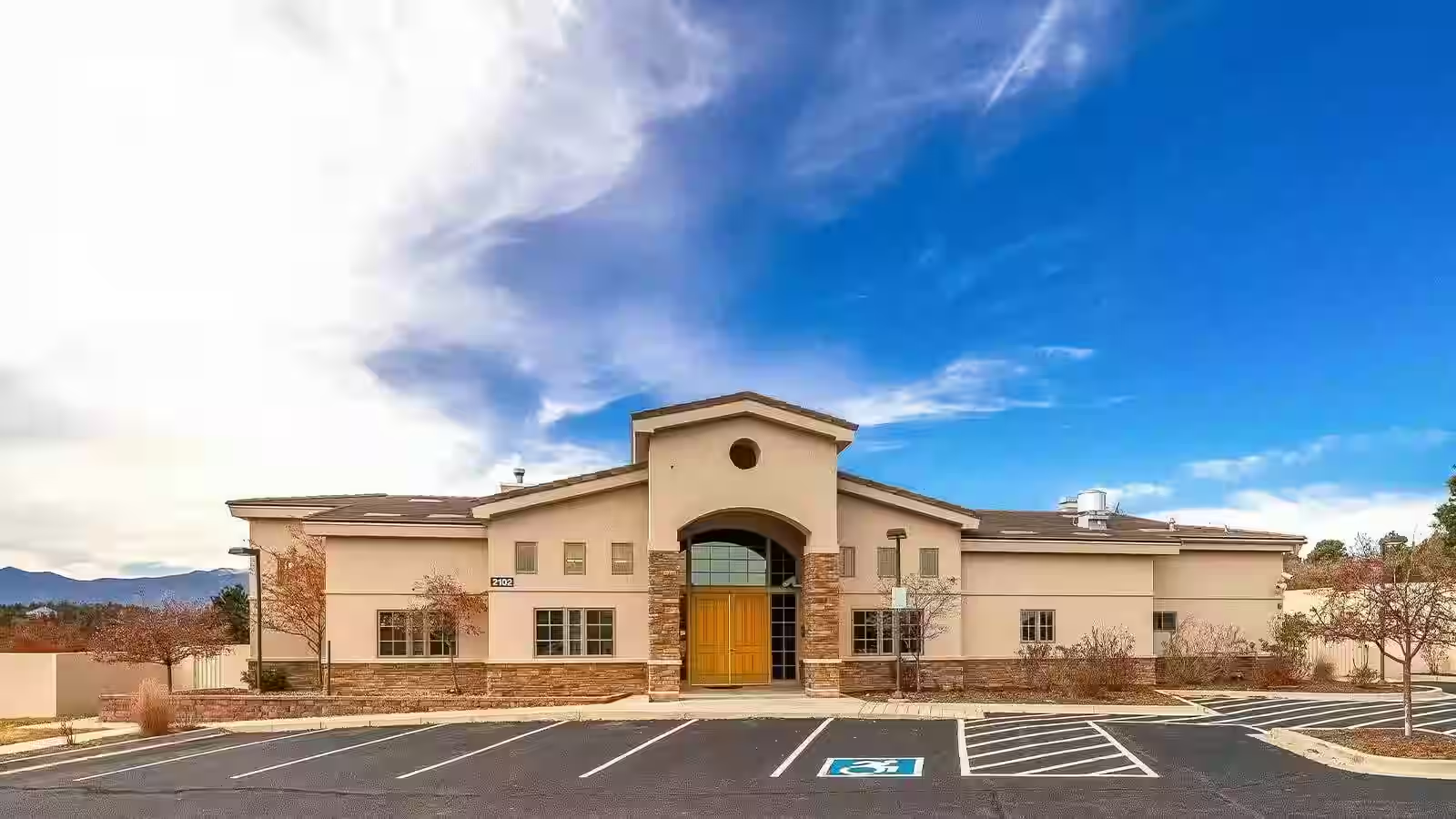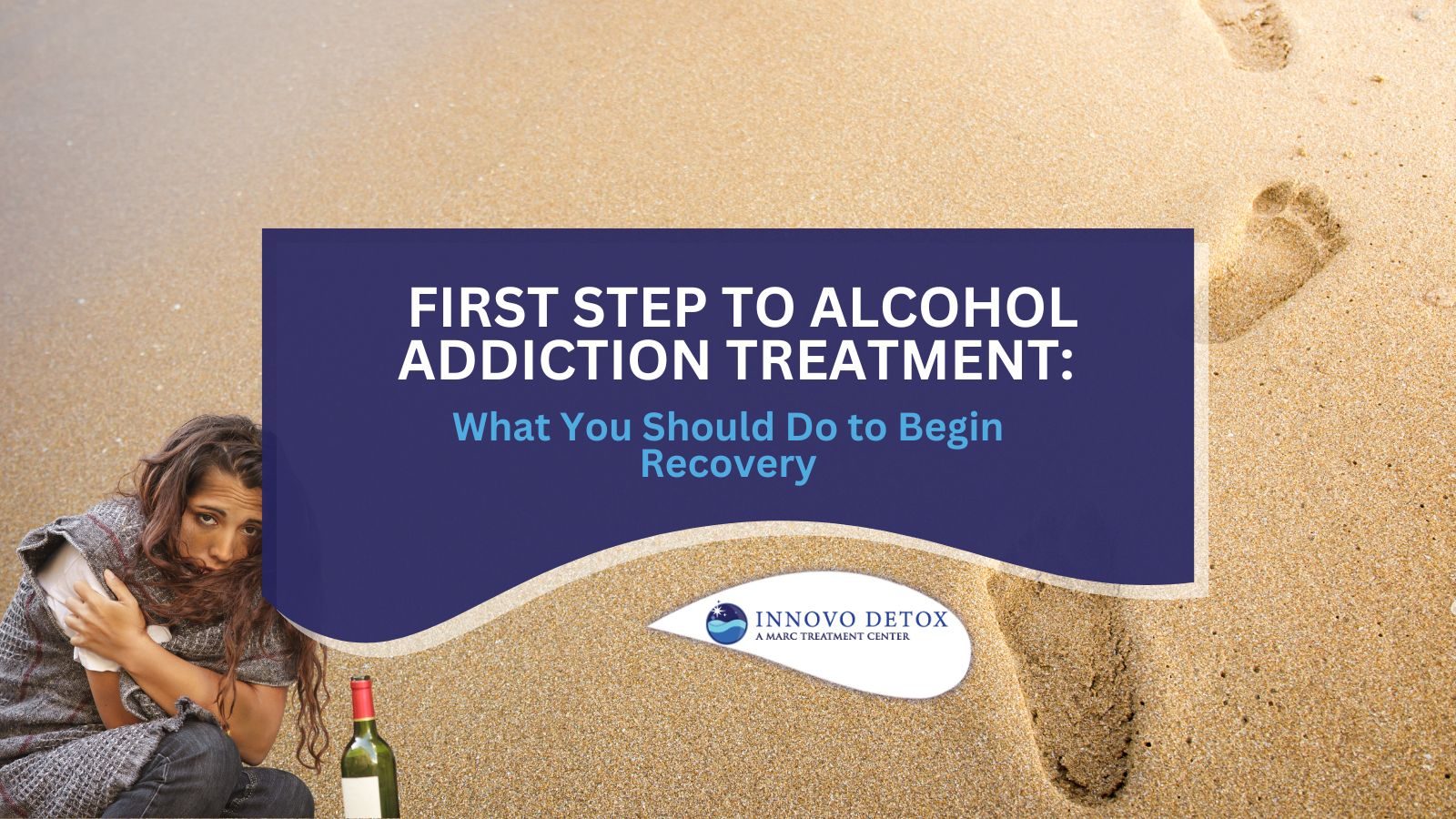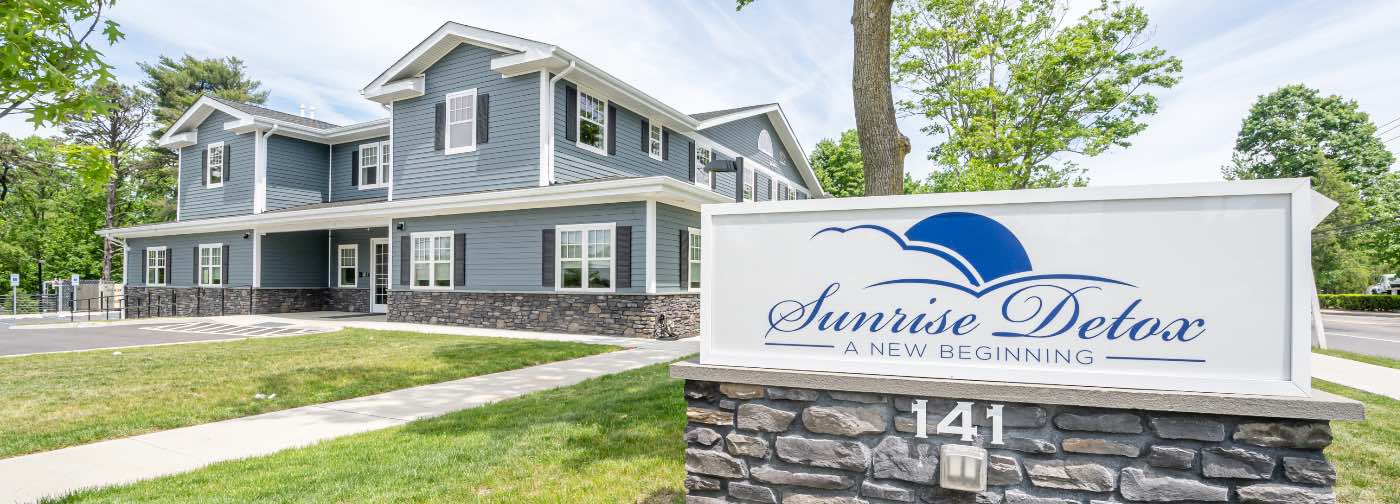
Finding Help When You Need It Most
Searching for inpatient rehabilitation centers near me can feel overwhelming, but quality care is within reach. These residential facilities provide 24/7 medical supervision and intensive therapy in a structured environment, ideal for recovering from serious injuries, medical conditions, or substance use disorders. This guide will help you steer the process with confidence.
Quick Steps to Find Inpatient Rehab Centers Near You:
- Use trusted online directories – Search Medicare.gov, SAMHSA’s treatment locator, or state health department websites.
- Verify accreditation – Look for CARF or Joint Commission certification.
- Check your insurance coverage – Call your provider to confirm in-network facilities.
- Read patient reviews – Evaluate testimonials while verifying credentials.
- Contact facilities directly – Ask about admission criteria, treatment, and availability.
Finding the right fit is crucial for lasting recovery. At Addiction Helpline America, we specialize in connecting people with appropriate treatment centers. Our team understands the nuances of different programs and insurance coverage, and we’ve created this guide to help you make informed decisions quickly.

Key inpatient rehabilitation centers near me vocabulary:
Step 1: Understand What Inpatient Rehabilitation Is and If It’s Right for You
When facing a serious health challenge, the right level of care is critical. Inpatient rehabilitation centers near me offer residential treatment where you live at the facility, allowing you to focus entirely on healing. It’s an immersive, supportive environment with around-the-clock medical professionals and intensive daily therapy (often up to three hours).
This approach is ideal if you’re recovering from a significant medical event (stroke, major surgery), battling a severe substance use disorder, or have complex health needs requiring 24/7 oversight. It’s also a good choice if your home environment isn’t conducive to recovery. The decision between inpatient and outpatient care can be tough, so here’s a quick comparison:
| Feature | Inpatient Rehabilitation | Outpatient Rehabilitation |
|---|---|---|
| Intensity | High; multiple hours of therapy daily | Moderate to low; scheduled therapy sessions, live at home |
| Supervision | 24/7 medical and clinical oversight | Scheduled appointments; no overnight supervision |
| Living Arr. | Reside at the facility | Live at home or in a sober living environment |
| Ideal Candidate | Severe conditions, high risk of relapse, complex medical needs | Stable conditions, strong home support, step-down from inpatient |
| Environment | Structured, immersive, therapeutic community | Flexible, allows for work/school, integration into daily life |
If you’re still weighing your options, we have more info about different types of treatment programs to help clarify the best path for you.
What Conditions Are Treated?
Inpatient centers have broad expertise, treating a wide range of medical and behavioral health needs to help you regain functional independence. Common conditions include:
- Neurological Conditions: Recovery from stroke, brain injury (ABI), and spinal cord injuries. They also help manage progressive conditions like Multiple Sclerosis and Parkinson’s Disease.
- Orthopedic and Musculoskeletal Injuries: Rehabilitation after amputation, joint replacement surgery, multi-trauma accidents, and sports or work-related injuries. They also offer programs for managing arthritis and back/neck pain.
- Other Medical Conditions: Specialized care for burns, cardiac events, cancer (oncology) recovery, and complex medical management for patients with multiple health issues.
- Behavioral and Mental Health: Medically supervised detoxification and treatment for substance use disorders (alcoholism, drug addiction). Many centers treat dual diagnosis, where substance abuse and mental health issues occur together, as well as severe mental illness requiring stabilization.
The Benefits of Specialized Programs
Choosing a program custom to your specific needs can significantly improve recovery outcomes. Specialized programs offer targeted care from staff who understand your unique background and challenges.
- Veteran Programs: Address service-related injuries, PTSD, and substance use with an understanding of military culture.
- LGBTQ+ Friendly Programs: Provide a safe, affirming environment free from judgment, fostering the trust needed for effective therapy.
- Gender-Specific Programs: Create comfortable spaces for men or women to address sensitive issues and share experiences with peers.
- Executive Rehabilitation: Balance intensive therapy with the need for professionals to maintain some connectivity to their careers, offering amenities like private rooms and business centers.
- Age-Specific Programs: Address the unique developmental and life-stage challenges of adolescents (13-17), young adults (18-25), and older adults (60+).
These custom approaches ensure the program fits you, not the other way around. For more on addiction treatment options, see our info on alcohol and drug inpatient programs.
Step 2: Know What to Look For in a Quality Center
Searching for inpatient rehabilitation centers near me goes beyond location; it’s about finding a facility with the right credentials, expertise, and a proven track record. Here are the key markers of a quality center.
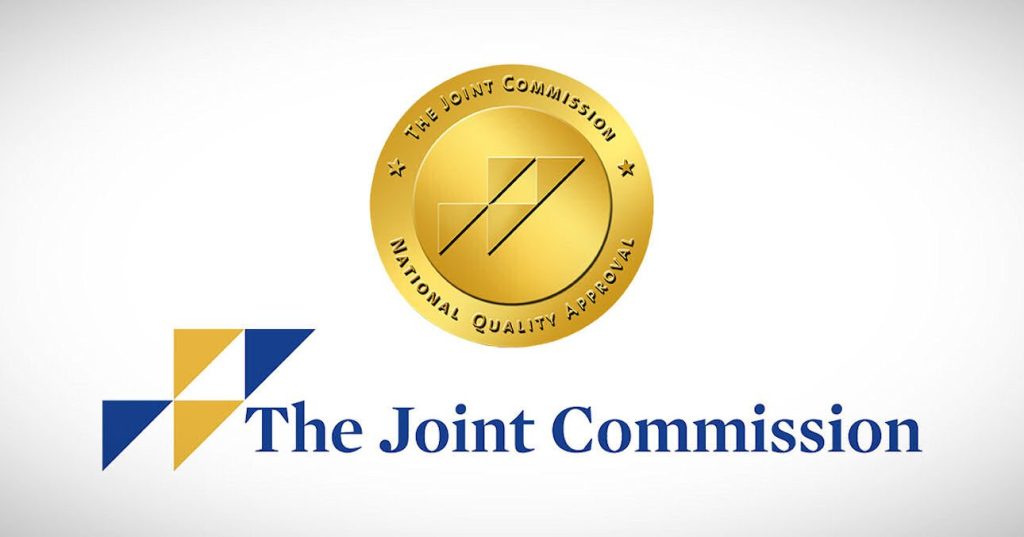
First, check for accreditation and licensing from respected bodies like The Joint Commission or the Commission on Accreditation of Rehabilitation Facilities (CARF). This ensures the facility meets high standards for safety and care. Next, confirm they use evidence-based therapies (like CBT or DBT) that are scientifically proven to be effective. The qualifications of the staff are also critical; look for licensed, board-certified professionals and a good patient-to-staff ratio for more personalized attention. A quality center will create an individualized treatment plan custom to your specific needs and goals, adjusting it as you progress. Finally, look for strong aftercare planning that connects you to outpatient services and support groups to ensure a smooth transition back to daily life. For more details, see our guide on how to find the right rehab center.
Key Services and Therapies Offered
A comprehensive center offers a range of services to address physical, cognitive, and emotional well-being. Look for:
- Physical Therapy: To restore mobility, strength, and balance.
- Occupational Therapy: To relearn daily living skills (dressing, cooking).
- Speech-Language Pathology: To address communication and swallowing disorders.
- Individual and Group Counseling: For mental health support and peer learning.
- Family Therapy: To heal relationships and build a strong support network.
- Medical Detoxification: For safe, supervised withdrawal from substances.
- Nutritional Counseling: To develop healthy eating habits that support healing.
- Holistic Therapies: Such as yoga, art therapy, or meditation to reduce stress.
The Role of the Interdisciplinary Team
Inpatient rehabilitation uses an interdisciplinary team approach, where specialists collaborate on your unified treatment plan. This ensures all aspects of your health are addressed. Your team will typically include a physician (like a physiatrist) to oversee medical care, rehabilitation nurses for 24/7 monitoring, therapists (physical, occupational, speech), social workers for discharge planning and resource connection, psychologists or counselors for mental health, and case managers to coordinate everything. This collaborative model is designed to help you recover fully and return to your community successfully.
Step 3: Use Online Tools to Find Inpatient Rehabilitation Centers Near Me
With the right approach, the internet is a powerful tool for your search. To get relevant results, use specific search terms like “inpatient stroke rehabilitation in Phoenix, Arizona” instead of a vague query like “rehab near me.” Focus on official facility websites and trusted healthcare directories.
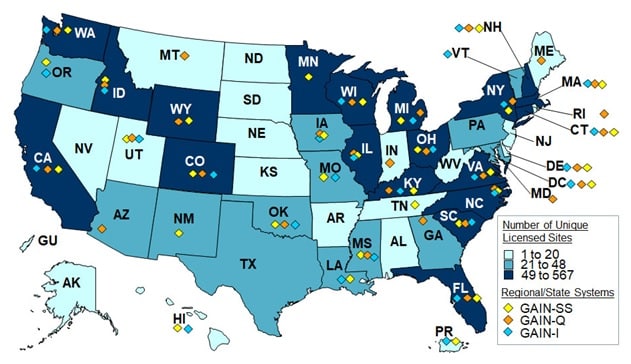
Using Trusted Directories and Resources to find inpatient rehabilitation centers near me
Start your search with platforms that have already vetted facilities for you. These resources can save you time and provide valuable comparisons.
- Addiction Helpline America: Our own comprehensive directory and team of specialists offer free, confidential, and personalized guidance to connect you with quality centers nationwide.
- Medicare.gov Care Compare: This official tool lets you find and compare Medicare-approved providers, complete with quality ratings.
- SAMHSA National Helpline: The Substance Abuse and Mental Health Services Administration offers a treatment locator for finding substance abuse and mental health facilities.
- State Health Department Websites: These sites often maintain directories of licensed facilities within your state, ensuring they meet local regulations.
Reading Reviews and Verifying Credentials
Once you have a shortlist of inpatient rehabilitation centers near me, it’s time to dig deeper. Patient reviews and testimonials can offer insights into the daily experience at a facility. Look for consistent themes in feedback, but read with a critical eye. You can read our treatment center reviews to see what to look for.
Most importantly, always verify credentials. Reviews are subjective; accreditation is a guarantee of quality. Confirm that the facility is accredited by The Joint Commission or CARF. This information is usually on their website, but you can also check with the accrediting body directly. This due diligence ensures you choose a legitimate, high-quality center.
Step 4: Verify Insurance and Understand the Costs
Understanding the financial aspect of treatment is a critical step that can prevent stress later. The cost of an inpatient rehabilitation center near me varies based on location, duration of stay, amenities, and the specific level of care required. While it can seem daunting, you likely have more options for payment than you realize.
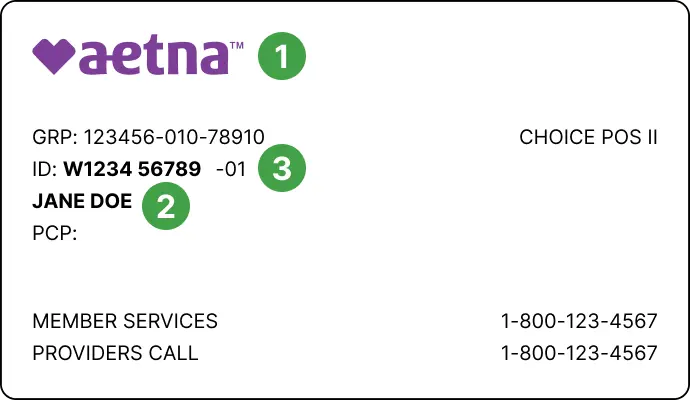
Our guide on rehab insurance coverage provides more detailed information on what to expect.
How to Confirm Your Insurance Coverage
Most private insurance plans, Medicare, and Medicaid cover medically necessary inpatient rehabilitation, but policies vary. Confirming your benefits is essential.
- Call your insurance provider: Use the member services number on your card. Ask about your inpatient benefits, whether prior authorization is needed, your deductible and co-pays, and the difference between in-network and out-of-network coverage. Using an in-network facility will significantly lower your out-of-pocket costs.
- Contact the rehab center’s admissions office: They are experts at navigating insurance and can verify your benefits for you, giving you a clear picture of what your plan will cover at their facility and what you will be responsible for paying.
Exploring Other Payment Options
If you have high out-of-pocket costs or no insurance, don’t let that stop you from seeking help. Explore these alternatives:
- Private Pay: Paying directly offers the most flexibility but isn’t feasible for everyone.
- Sliding Scale Fees: Many non-profit centers adjust costs based on your income.
- Grants and Scholarships: Some facilities and organizations offer financial aid to help cover treatment costs.
- Payment Plans: Ask if the center allows you to pay the cost over time in manageable installments.
- Government Funding: State programs, Medicaid, and VA benefits can provide comprehensive coverage for eligible individuals, particularly for substance use disorders. Our guide to free drug treatment centers offers more strategies for accessing care.
Step 5: Prepare for Your Stay and Know What to Expect
Once you’ve chosen an inpatient rehabilitation center near me, it’s time to prepare for admission. This can be an emotional time, but a little preparation provides peace of mind. The admission process usually involves a final assessment and orientation. Before you go, arrange for pet care, handle bill payments, and pack comfortable clothing, essential toiletries (check for non-alcoholic product rules), and a few personal comfort items like a book or photos. Taking care of these details allows you to focus completely on your recovery.
Inpatient rehab is intensive work, not a vacation. Family involvement is often encouraged through therapy and educational programs. For more resources, SAMHSA offers support for patients and families.
What to Expect During Your Stay at an inpatient rehabilitation center near me
Life in inpatient rehab is highly structured to maximize your healing. While specifics vary, you can generally expect:
- A Structured Daily Schedule: Days are full, with early mornings, scheduled meals, and a packed itinerary of therapies. This routine creates discipline and purpose.
- Intensive Therapy: You’ll likely receive up to three hours of therapy daily, including physical, occupational, and speech therapy, as well as individual and group counseling.
- 24/7 Medical Monitoring: With constant nursing care and daily access to doctors, your health is closely supervised, which is crucial for complex medical recoveries or detox.
- A Safe, Controlled Environment: The facility is free from the triggers and stressors of daily life, allowing you to immerse yourself in the healing process.
- Peer Support: You’ll be surrounded by others on similar journeys, fostering a powerful sense of community and shared understanding.
- Progress Monitoring: Your team will regularly assess your progress against your treatment goals, making adjustments to your plan as you improve.
How Long Does Inpatient Rehab Last?
The length of your stay depends on your individual needs, condition severity, and progress. There is no one-size-fits-all duration.
- Short-term medical rehab (e.g., post-surgery) typically lasts a few weeks to a month, focusing on helping you regain enough function to return home safely.
- Long-term rehabilitation is common for more complex conditions like severe brain injuries or chronic substance use disorders. Addiction treatment programs often last 30, 60, or 90+ days, as research shows longer stays lead to better outcomes. Our guide on long-term addiction rehab centers explains why.
Factors like insurance coverage and your readiness for aftercare also influence the length of stay. The goal is to give you the time needed to achieve lasting recovery and independence.
Frequently Asked Questions about Inpatient Rehabilitation
It’s normal to have questions when considering a big step like this. Here are answers to some of the most common queries about finding an inpatient rehabilitation center near me.
What is the main difference between inpatient and outpatient rehab?
The primary difference is the living arrangement and intensity. Inpatient rehab is a residential program where you live at the facility, receiving 24/7 medical supervision and intensive daily therapy. It’s an immersive experience focused solely on recovery. Outpatient rehab allows you to live at home and attend scheduled therapy sessions several times a week, offering more flexibility to manage work or family life. The right choice depends on your medical needs and support system.
How do I know if I need inpatient rehabilitation?
Inpatient care is generally recommended if you have a serious medical condition (like a stroke or major injury) requiring intensive therapy and 24/7 medical oversight. For substance use, it’s often the best choice if you have a severe addiction, a history of relapse, co-occurring mental health conditions, or an unsupportive home environment. A medical professional or a confidential assessment with a service like Addiction Helpline America can help you determine the appropriate level of care for your situation.
Will my insurance cover inpatient rehabilitation?
Most likely, yes. The majority of private insurance plans, as well as Medicare and Medicaid, provide coverage for medically necessary inpatient rehabilitation. However, the extent of coverage varies widely. It is crucial to call your insurance provider to understand your specific benefits, including deductibles, co-pays, and whether you need to use an in-network facility. The admissions office at the rehab center can also verify your benefits and explain any out-of-pocket costs. If you lack coverage, options like sliding scale fees, payment plans, and grants may be available. Our guide to free drug treatment centers offers more information.
Conclusion
Taking the time to research inpatient rehabilitation centers near me is a courageous first step toward rebuilding your life. You now have a clear roadmap to follow: understanding what inpatient care is, knowing what to look for in a quality center, using online tools effectively, navigating costs, and preparing for your stay.
Finding the right fit—a center that understands your unique needs and goals—is the key to lasting change. You are now empowered with the knowledge to ask the right questions and make an informed decision. Recovery is possible, and quality care is accessible.
At Addiction Helpline America, we are dedicated to providing free, confidential, and personalized guidance to help you steer this process. You don’t have to do this alone. Our team understands the treatment landscape and can help connect you with a facility that’s right for you.
If you’re ready to take the next step or simply want to talk through your options, we’re here to help. Explore different types of treatment programs to find the best fit for you, and remember that reaching out is a sign of strength.
Our helpline is 100%
free & confidential
If you or someone you care about is struggling with drug or alcohol addiction, we can help you explore your recovery options. Don’t face this challenge alone—seek support from us.
Programs
Resources
Will my insurance
cover addiction
treatment?
We're ready to help
Find the best
drug or alcohol treatment
center
Are you or a loved one struggling with addiction? Call today to speak to a treatment expert.


